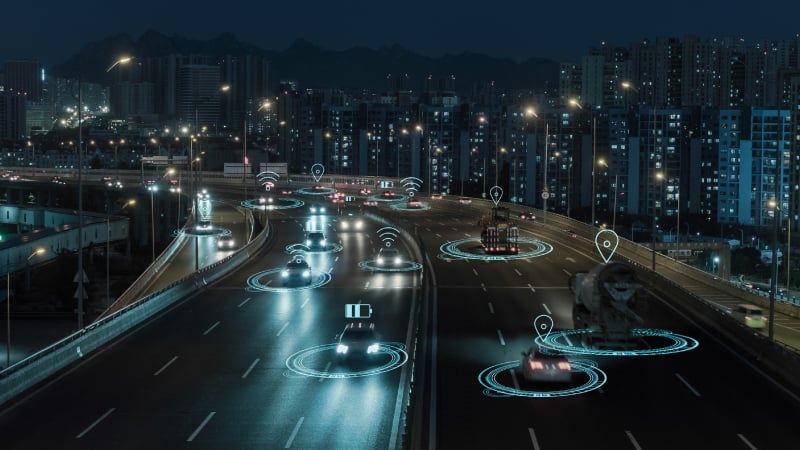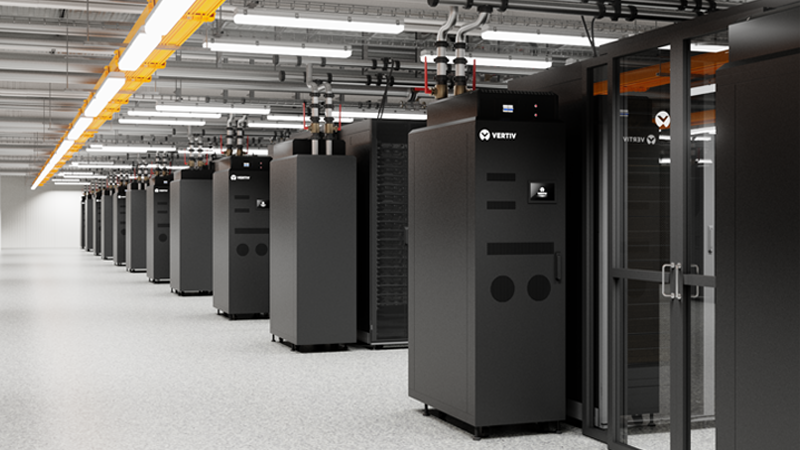The AI transformation in enterprise
Enterprise businesses across many sectors are rapidly embracing artificial intelligence (AI) and high-performance computing (HPC) to enhance their customer experience, lower operational costs in the long term, improve responsiveness, and boost productivity.
Some examples of the AI-led changes are industrial companies seeking to optimize their manufacturing processes or finance institutions implementing AI-driven risk assessment systems. Other well-known online retail store applications are employing the latest chatbot assistant. Whatever the AI application, the Enterprise landscape is undergoing a significant transformation.
In our daily conversations with partners and customers, we see that a one-size-fits-all approach to AI implementation in an enterprise context, although desirable, doesn’t always work. This aligns with recent findings from 451 Research, part of S&P Global Market Intelligence, which note that “while many organizations say they are sourcing new infrastructure to operate AI workloads, many others seek to operate AI on existing systems”*. This reflects the diversity of strategies enterprises are using to integrate AI into their environments.
Commercial enterprises carefully guard and curate their competitive advantages, which may come from their corporate culture or from dedicated innovative processes and business intelligence strategies. Introducing AI solutions to complex organizations looks highly attractive but needs to be done smartly to avoid disrupting business continuity, disappointing performance and risking of wasted investments.
Sector-specific considerations play their role in the choice of AI infrastructure, technology, and implementation strategies. For example, the healthcare sector requires strict data privacy compliance and reliable infrastructure for life critical applications. Financial services demand highly secure environments with real-time data processing and low-latency processing capabilities, while retail stores need flexible solutions that can handle seasonal workload variations.
Finally, there are government and military customers who require the highest levels of security and control. Underlying all these examples is the relentless search for value and optimal cost-efficiency.
Balancing security and implementation
Enterprises face crucial decisions when evaluating their AI infrastructure strategy, including managing compliance requirements, data security risks, and ongoing operational costs associated with cloud service providers. These concerns are echoed in the 451 Research survey, which found that “data privacy and control over sensitive corporate data are among the top considerations driving AI workload placement decisions, along with the availability of related skills and specialized AI services.”[1]
Opting for an on-premises solution offers significant advantages in addressing data security and meeting regulatory compliance. While hyperscalers and cloud providers may have the luxury of constructing purpose-built data centers in green-field or remote locations, enterprises typically prefer to invest in their existing IT infrastructure at established locations. But there might be constraints and challenges due to the physical space and power density demands of AI infrastructure. Vertiv has done its homework and has developed specialized in-house expertise and innovative solutions for AI retrofit facilities. Success is based on innovative engineering to maximize compute performance within fixed physical limitations, and Vertiv experts deeply understand the challenge of upgrading existing data centers to AI infrastructure standards. An example is the recent collaboration with the University of Pisa, where Vertiv provided high density solutions to expand their existing data center and support AI.
The retrofit reality
The choice of the facility retrofit presents a few challenges but offers many rewards. An investment using the very latest advanced AI design architecture may well come up against insurmountable physical restrictions on an existing site. For that reason, Vertiv has developed a powerful portfolio of AI retrofit solutions which can be easily and quickly deployed even when up against facility site constraints such as:
- Floor space constraints
- Limited ceiling heights
- Power density limitations within the white space
- Cooling capacity restrictions
Vertiv offers these AI retrofit solutions to deal with all the issues while still meeting IT load demands and offering scalability designed for the long term.
Smart hybrid AI solutions
When it comes to AI infrastructure and the implementation in an existing site, probably the most important engineering challenge will be cooling and maintaining strict temperature control within the AI rack servers. With AI rack power densities regularly more than 100KW per rack, getting the power in is proving easier than safely and efficiently getting the waste power out. State-of-the-art liquid cooling technologies address this challenge, and Vertiv™’s portfolio of retrofit designs includes options to avoid bulky coolant distribution units (CDUs) and secondary fluid networks through the offering of compact hybrid cooling solutions that intelligently select from:
- Traditional air cooling where it makes sense
- Modern liquid cooling technologies when power densities are simply unavoidable
- Adaptable rack infrastructure designs that can take a hybrid approach.
Liquid cooling at the AI GPU chipset level is unavoidable, but removing waste heat from the rack can be achieved with different solutions, depending on the rack power density. A good retrofit rack design using rear door heat exchanges can be quickly and easily deployed with power densities up to 80kW per rack. This type of retrofit design is easy to implement in an existing white space and is flexibly sized to handle AI workloads associated with a pilot project, inferencing application or industrial automation.
The scalability imperative
Implementing scalable solutions that can grow with business needs helps long-term cost efficiency, prevents over-investment in initial stages, while maintaining the flexibility to expand as AI requirements evolve. This balanced approach enables organizations to achieve their AI objectives while maintaining fiscal responsibility. The Vertiv™ 360AI reference design portfolio embodies this approach, delivering comprehensive retrofit solutions tailored specifically for enterprise AI infrastructure needs. These innovative designs excel in their ability to efficiently retrofit existing facilities, reducing the need for costly new construction while maximizing existing space utilization. Our solutions scale from 40kW air-cooled racks up to sophisticated 1.4 MW hybrid row configurations, allowing organizations to expand along with business needs. At their core, they feature advanced hybrid cooling solutions that seamlessly combine tried and tested air cooling with cutting-edge liquid cooling technologies.
Ready to assess your facility’s AI readiness and ROI? Schedule a consultation with our AI infrastructure experts and take your first step into the world of AI infrastructure.
[1] 451 Research, part of S&P Global Market Intelligence – Cloud shift sees refocused intent on private cloud, hybrid IT – Highlights from Digital Pulse, Cloud and Datacenters






